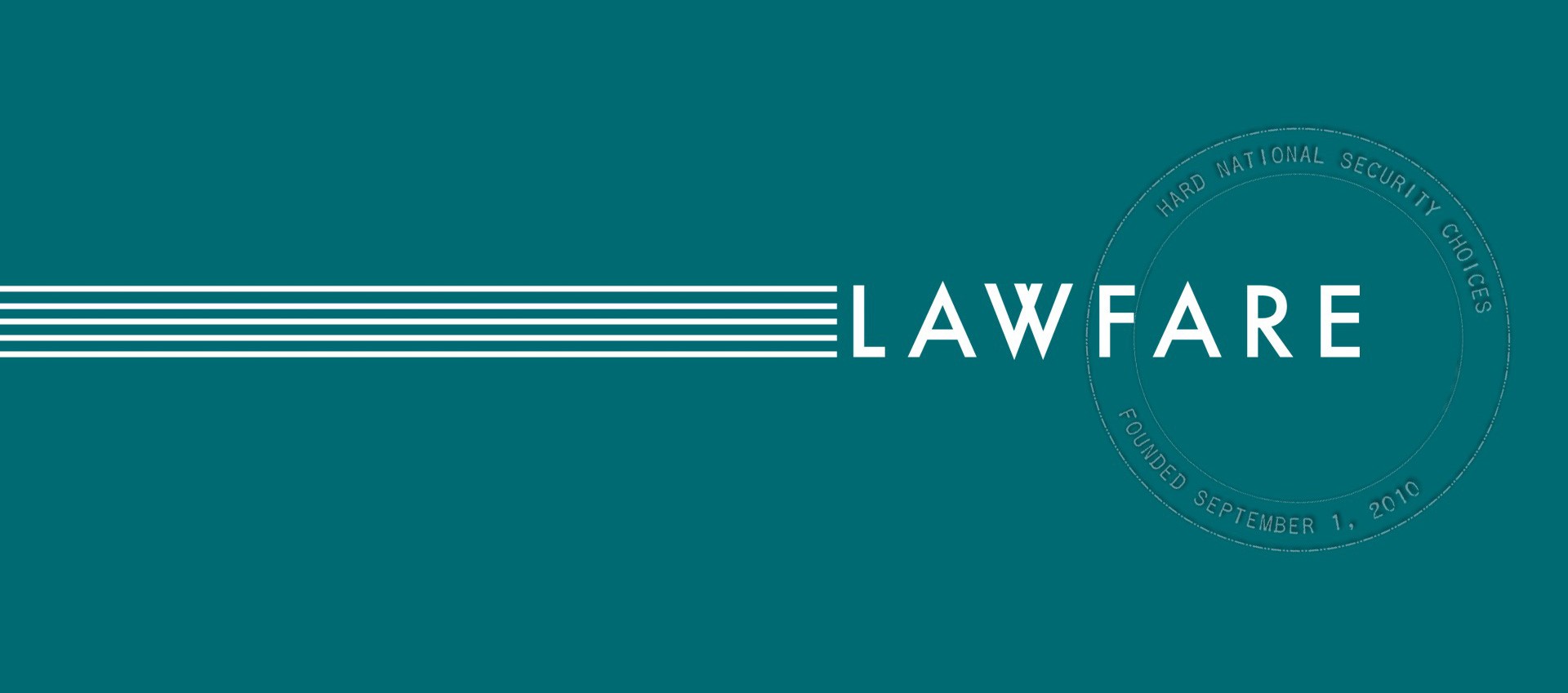"The Siege: 68 Hours Inside the Taj Hotel," by Adrian Levy and Cathy Scott-Clark
Published by Viking (2013)
Reviewed by Bruce Riedel
Published by The Lawfare Institute
in Cooperation With

Published by Viking (2013)
Reviewed by Bruce Riedel
In October 1999 I traveled to Mumbai, India’s financial and movie capital, to advance the visit of President Bill Clinton to the subcontinent. Mumbai’s two great five star hotels competed with each other to convince me the President should stay in their most deluxe room. As the President’s Special Assistant for Near East and South Asia Affairs I got to see inside the Taj and Oberoi hotels as few guests do.
So a decade later I was horrified to watch on television as ten Pakistani terrorists attacked Mumbai and targeted the Taj and Oberoi for three days of gruesome violence. The attack was the most important terror attack since 911 since it threatened to take two nuclear weapons states to war. Now we have a definitive account of the attack which examines the plot to attack Mumbai and the battle inside the Taj Hotel in detail. The Siege: 68 Hours Inside the Taj Hotel, by Cathy Scott-Clark and Adrian Levy, is a beautifully written account that at once terrifies you with the story of how terror is masterminded and inspires you with the heroism of average people who fight back in extraordinary circumstances to combat terrorism.
Perhaps the most fascinating aspect of the plot’s meticulous planning was the role played by David Coleman Headley, an American citizen of Pakistani descent in the intelligence collection that preceded the attack. Headley pleaded guilty in March 2010 to conspiracy to commit murder based on his role in the Mumbai attack. In 2002, according to his guilty plea, he joined Lashkar-e-Tayyiba, a Pakistani terror group sponsored by the country’s intelligence service, the ISI, on a visit to Pakistan. Over the next three years he traveled to Pakistan five times for training in weapons handling, intelligence collection, surveillance, clandestine operations and other terrorist skills by both LeT and the ISI. He also developed contacts with al Qaeda.
Beginning in 2005, he was given the task of traveling to India from the US and conducting the surveillance for the Mumbai attacks. He made five trips between 2005 and 2008 to India, each time stopping in Pakistan on the way back to get new instructions from LeT and the ISI and to report his surveillance results. He visited each of the targets and recorded their locations with GPS systems; he studied carefully the security around each and he became one of the masterminds of the plot.
The Siege discloses a new intriguing wrinkle about Headley. The two British authors’ investigations in Pakistan, India and the US led them to believe LeT and the ISI became suspicious that Headley was a double agent, secretly giving information to the Americans. At the date for the attack came closer Headley was frozen out of the plot so he could not reveal any details. Since Headley had begun his career in clandestine operations as an informant for the Drug Enforcement Agency in the 1990s, it was not an unreasonable concern. Indeed The Siege makes clear that the United States did give India several warnings that Mumbai might be a target for a terror attack in 2008. Where that information came from remains a secret.
Headley was arrested in Chicago while working with al Qaeda on another terror plot to take place in Europe, a Mumbai style attack on Copenhagen. His arrest and prosecution demonstrate that very dangerous terrorists can be brought to justice through the U.S. criminal justice system. It also demonstrates that system can work with law enforcement and justice systems in other countries to achieve justice and share information because as part of his guilty plea Headley agreed to cooperate with the Indian investigation of the Mumbai massacre. He was extensively debriefed by Indian authorities. But while Headley is in prison, the other men who masterminded the attack are still free in Pakistan and are plotting more attacks. LeT’s founder and leader Hafez Saeed regularly calls for more violence against India and America in the Pakistani media and remains a tool of the ISI. No one in the ISI has been brought to justice despite an attempt by the relatives of six Americans killed in the attack to have the Director General of the ISI indicted in the U.S.
The Mumbai attack took place just days after Barack Obama had been elected. It had a major impact on his incoming administrations’ thinking about Pakistan. The role of the ISI in planning the attack underscored that Pakistan could not be treated as a friendly state even though the country’s elected civilian leadership was almost certainly clueless about the ISI’s role. A deep state, run by the Army’s senior leadership, exercises power behind the scenes and continues to patronize terror today. Obama sent his new Director of the Central Intelligence Agency to India on his first foreign visit to demonstrate clearly to the Indian government that he got it: Pakistan is the problem. The Siege helps make that clear to every reader and is a major contribution to our understanding of terror in South Asia.
(Bruce Riedel, a 30-year veteran of the CIA, is a senior fellow of the Brookings Institution and director of the Brookings Intelligence Project; his most recent book is Avoiding Armageddon: America, India, and Pakistan to the Brink and Back (Brookings FOCUS Book 2013).)



